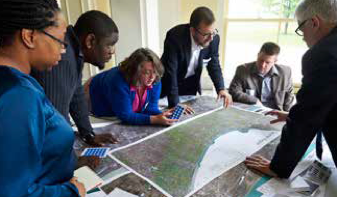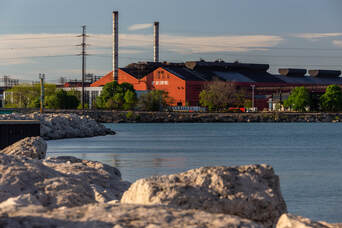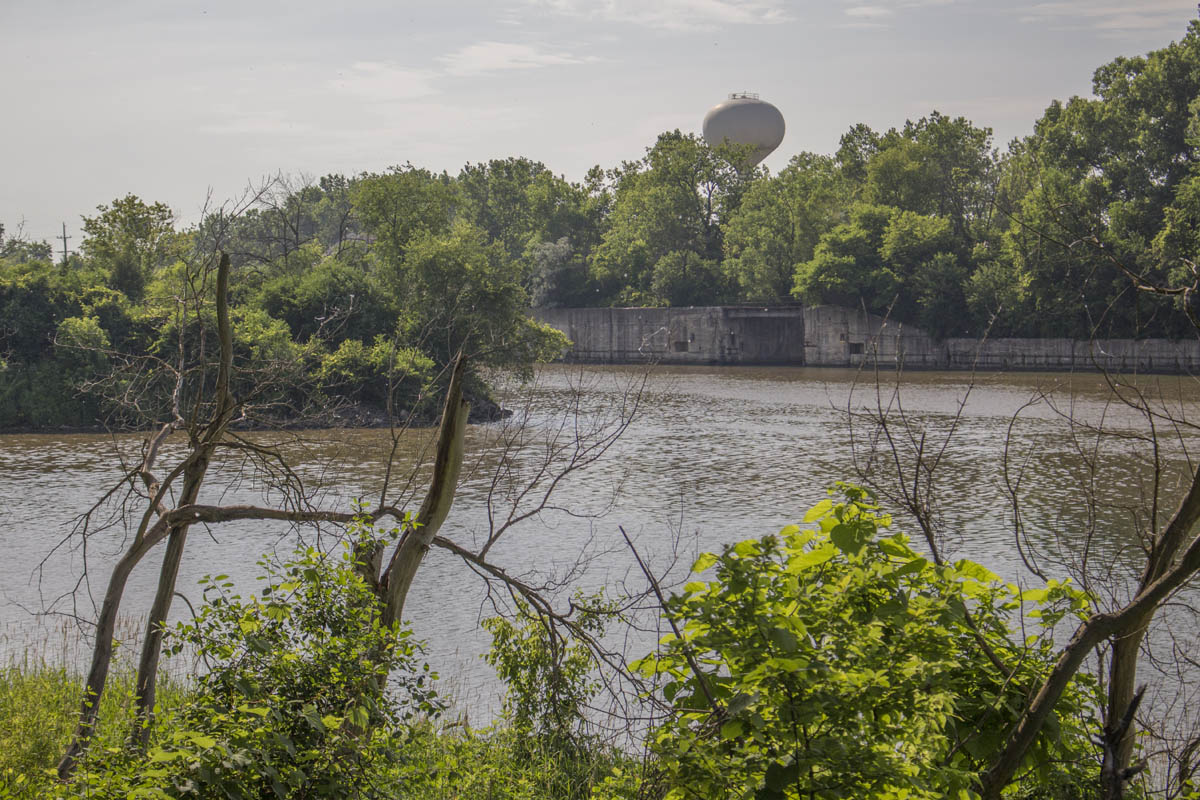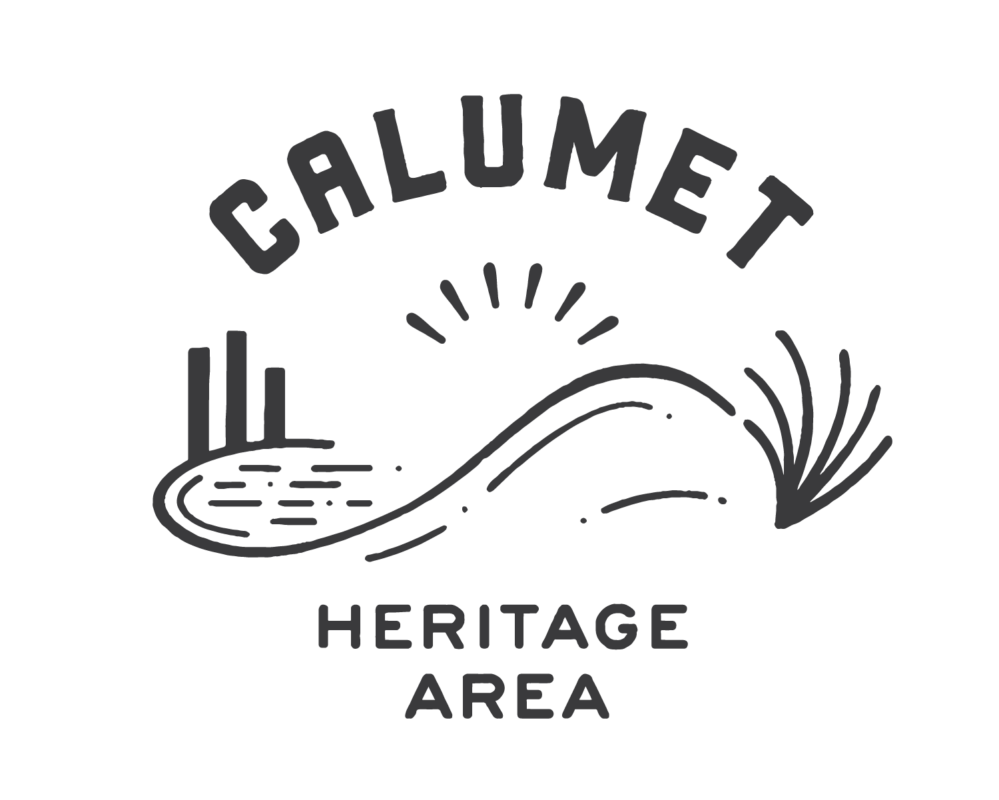National Heritage Areas
National heritage areas are lived-in landscapes that tell nationally significant stories and celebrate the United States’ diverse heritage. The Calumet region is nationally significant and that is why an effort is underway to achieve designation as a National Heritage Area.
WHAT IS A NATIONAL HERITAGE AREA (NHA)?
NHAs collaborate with area residents and organizations by using local, grass-roots, community-driven approaches to heritage conservation, community revitalization, and economic development. NHAs are not National Parks: rather the National Park Service (NPS) partners with the local community, providing technical assistance and distributing matching federal funds from Congress to a NHA.
BENEFITS OF NATIONAL HERITAGE AREAS
NHAs are places where small investments pay huge dividends, providing demonstrable benefits in communities across the country and in partnership with our national parks.
Sustainable economic development – For every $1 of federal funds invested, NHAs leverage an additional $5.50 to create jobs, generate revenue for local governments, and sustain local communities through revitalization and heritage tourism.
Healthy environment and people – Restoration projects can improve local water and air quality, and new recreational opportunities encourage people to enjoy natural and cultural sites.
Improved quality of life – NHAs bring improved amenities, educational resources, and volunteer opportunities.
Education and stewardship – Educational activities connect communities to natural, historic, and cultural sites, raising awareness and interest in the stewardship of local resources.
Community engagement and pride – Engagement in heritage conservation activities strengthens pride and sense of place.
National profile for a nationally significant landscape – The Calumet Heritage Area would benefit from stronger regional identity and closer cooperation with the National Parks.
Photos: Header: Matthew Kaplan, Calumet River. Right, top: City of Gary Department of Redevelopment and Planning; The Field Museum/ ECCO6720. Right Middle, Method Southside Soapbox – factory in Pullman; Right Bottom: Matthew Kaplan, East Chicago Lakefront




